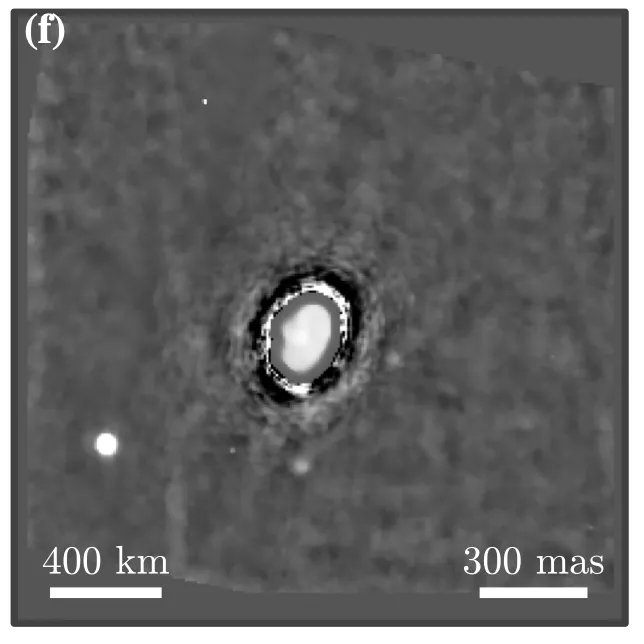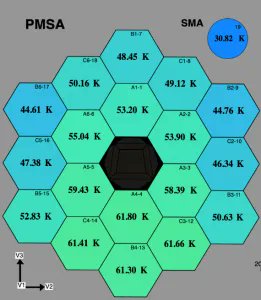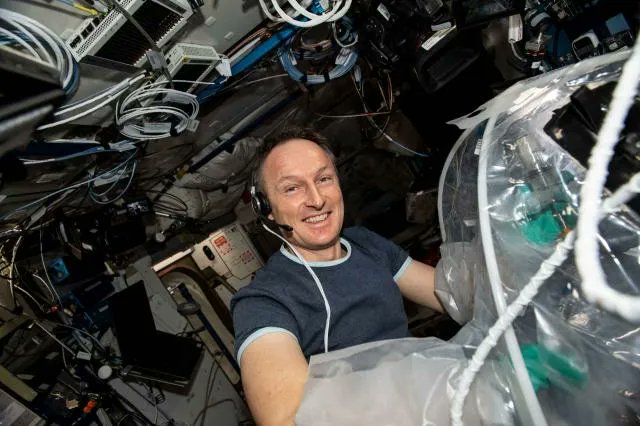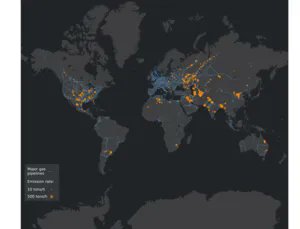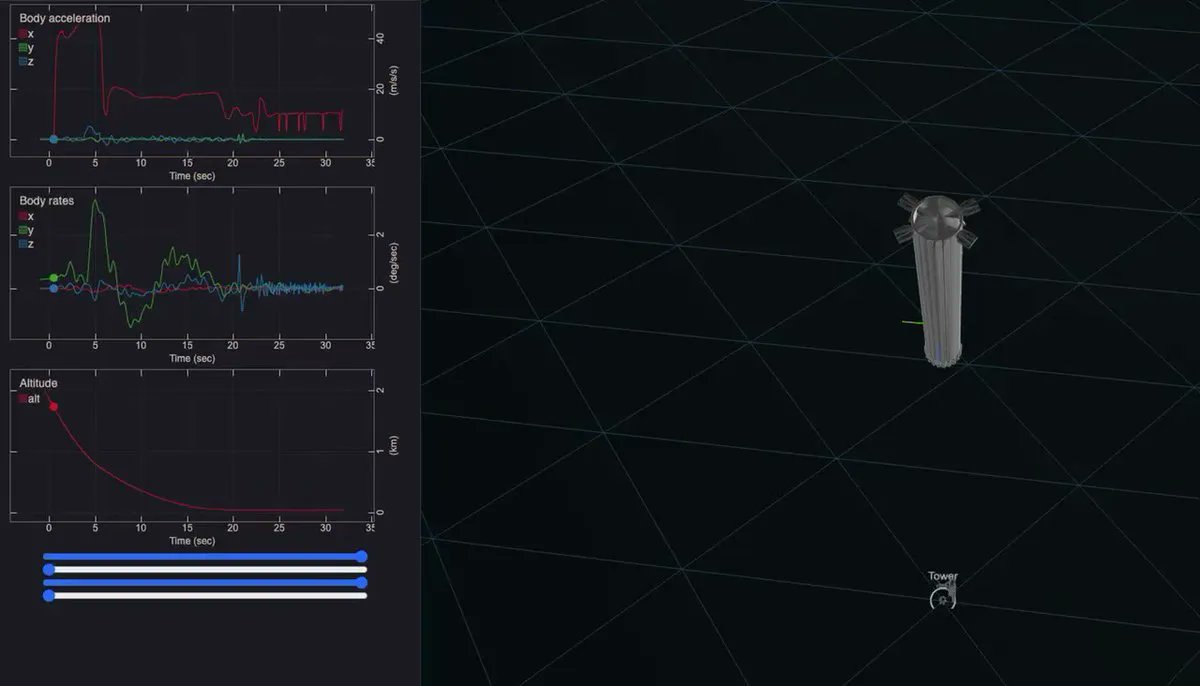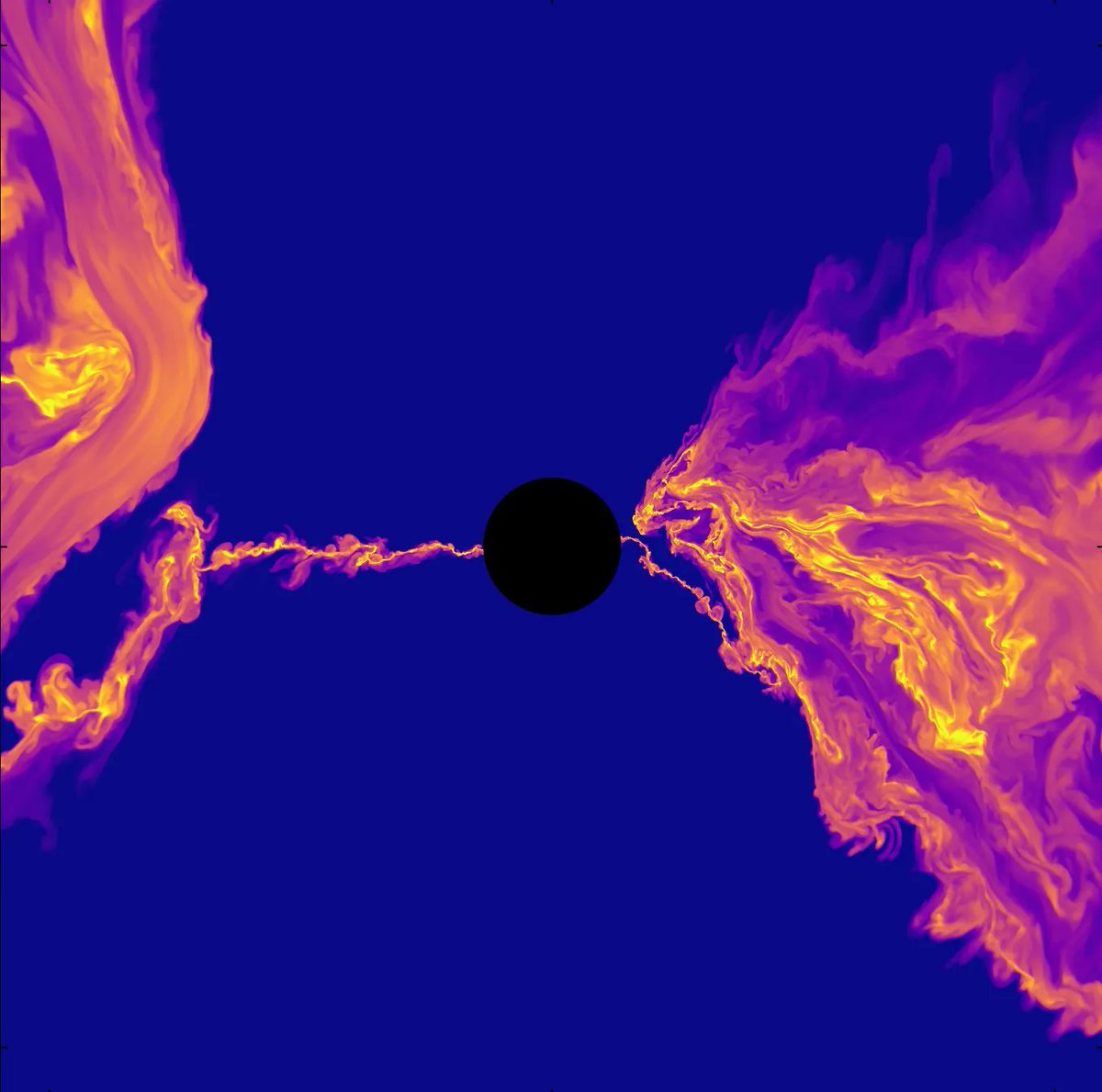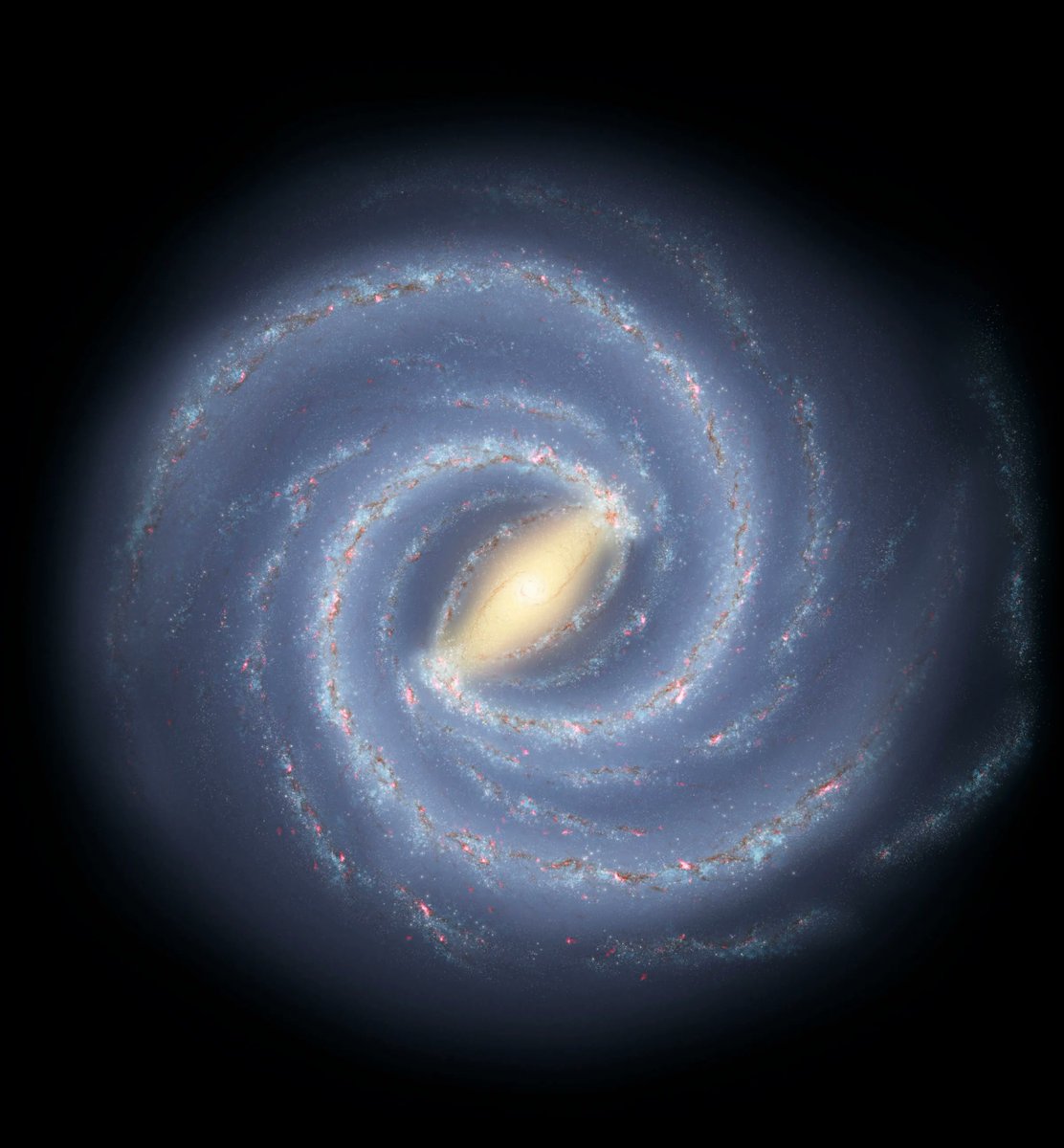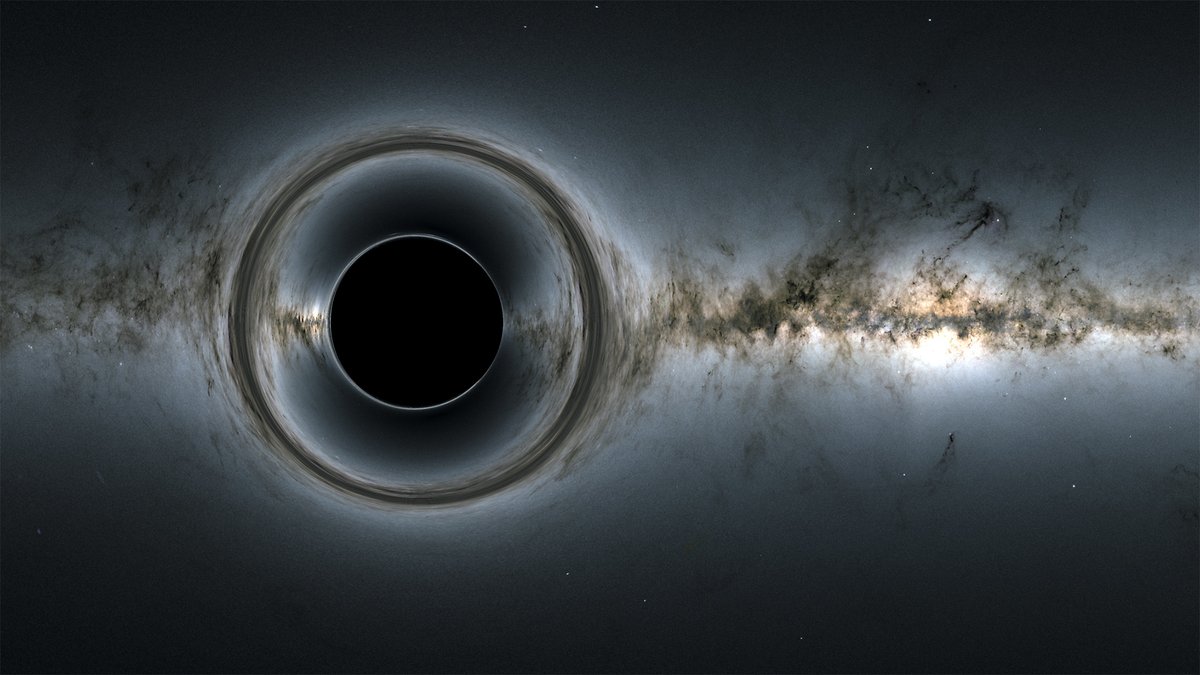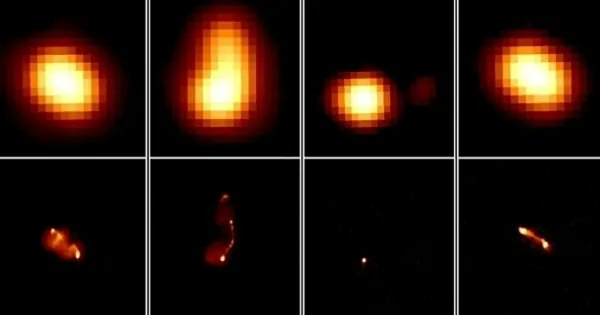Planets aren’t the only celestial objects with moons – asteroids can have them too. They are usually other, smaller asteroids in orbit around a larger central one. Now, a team of Thai and French astronomers found an asteroid system with three satellites. The new four-body system makes complex gravitational problems like the three-body problem look simple by comparison.
Continue reading “An Asteroid has Been Discovered With Three Moons!”Webb is Cool, but it Still Needs to get Cooler
Cooling things down in space is trickier than it might sound. But that is exactly the process the James Webb telescope is going through right now. Getting down to cryogenic temperature is imperative for its infrared imaging systems to work correctly. While the telescope has already started, it will be another few weeks before the process is complete, and it’s ready to start capturing its first groundbreaking infrared images of the universe.
Continue reading “Webb is Cool, but it Still Needs to get Cooler”How Well Does Concrete Work in Space?
Concrete is not the first material one usually thinks of when exploring space. Nor is it the focus of much cutting-edge research. The most common building material has been used by humanity for thousands of years. But surprisingly, little is still known about some of its properties, due in no small part to the limitations of the environments it can be tested in. Now, this most ubiquitous of materials will be tested in a new environment – the microgravity aboard the International Space Station.
Continue reading “How Well Does Concrete Work in Space?”Satellites can now see Exactly Where Methane is Being Dumped Into the Atmosphere
Methane is one of the most important greenhouse gases, despite the overwhelming interest in carbon dioxide emissions as the primary source of climate change. It is hard to track, though, as its sources can range from leaking chemical and gas pipelines to literal farm fields. Now an energy analytics company has a system they believe can track otherwise undocumented methane emissions in a way that could prove helpful in eliminating them altogether.
Continue reading “Satellites can now see Exactly Where Methane is Being Dumped Into the Atmosphere”Musk Shows how They’re Planning to Catch SuperHeavy Boosters
SpaceX’s entire business model is based on the reusability of its rockets. That business model has proven viable time and time again as boosters continue to land safely only to be reused later. But as the rockets they’re using get bigger and bigger, the harder and harder it will get for them to land directly on the ground, as models they’ve completed so far have. So for its SuperHeavy Booster, designed to launch its Starship craft into orbit, SpaceX has to develop a new way of capturing the rockets without damaging them. Its head, Elon Musk, has shared a Twitter video showing how it will do just that.
Continue reading “Musk Shows how They’re Planning to Catch SuperHeavy Boosters”We Finally Understand how Black Holes can Release Powerful Flares
While black holes might always be black, they do occasionally emit some intense bursts of light from just outside their event horizon. Previously, what exactly caused these flares had been a mystery to science. That mystery was solved recently by a team of researchers that used a series of supercomputers to model the details of black holes’ magnetic fields in far more detail than any previous effort. The simulations point to the breaking and remaking of super-strong magnetic fields as the source of the super-bright flares.
Continue reading “We Finally Understand how Black Holes can Release Powerful Flares”New Startup Quantum Space is Planning to Build a Robotic Outpost Near the Moon
The Moon is sure to be a hotspot of economic activity as human commercial endeavors start to expand into space. Not only is it a ball of resources with a relatively small gravity well, but it also happens to be our nearest neighbor. But to unlock that potential, companies will have to build up an infrastructure that will allow for the exploitation of those resources. Enter Quantum Space, a new start-up from a group of heavy-hitting space experts looking to help make that potential a reality – by building a robotic spaceport around the moon.
Continue reading “New Startup Quantum Space is Planning to Build a Robotic Outpost Near the Moon”How Dark Matter Could Be Measured in the Solar System
Dark matter has long been a mystery to astronomers, in no small part because it is so hard to measure directly. Its influence is plain when looking at its gravitational effects on objects such as far away galaxies, but measuring that influence directly has proved much trickier. But now, a team of scientists thinks they have a way to measure the influence of dark matter directly – all it would require is a specialized probe that sits really far away from Earth for a while.
Continue reading “How Dark Matter Could Be Measured in the Solar System”The First Rogue Black Hole has Been Discovered, and it’s Only 5,000 Light-Years Away
Microlensing strikes again. Astronomers have been using the technique to detect everything from rogue planets to the most distant star ever seen. Now, astronomers have officially found another elusive object that has long been theorized and that we first reported on back in 2009 but has never directly detected – a rogue black hole.
Continue reading “The First Rogue Black Hole has Been Discovered, and it’s Only 5,000 Light-Years Away”A Supercomputer Gives Better Focus to Blurry Radio Images
With better computers comes more battery imagery. Or at least that’s true most of the time. Supercomputers are extraordinarily good at image processing, so it’s normally worth it when a new algorithm comes along that they can turn their attention to. That’s exactly what happened with an algorithm recently developed by Ph.D. student Frits Sweijen and his colleagues at Leiden University. They used several supercomputers’ image processing power to simulate and enhance the resolution of radio images captured by the International LOFAR telescope.
Continue reading “A Supercomputer Gives Better Focus to Blurry Radio Images”
